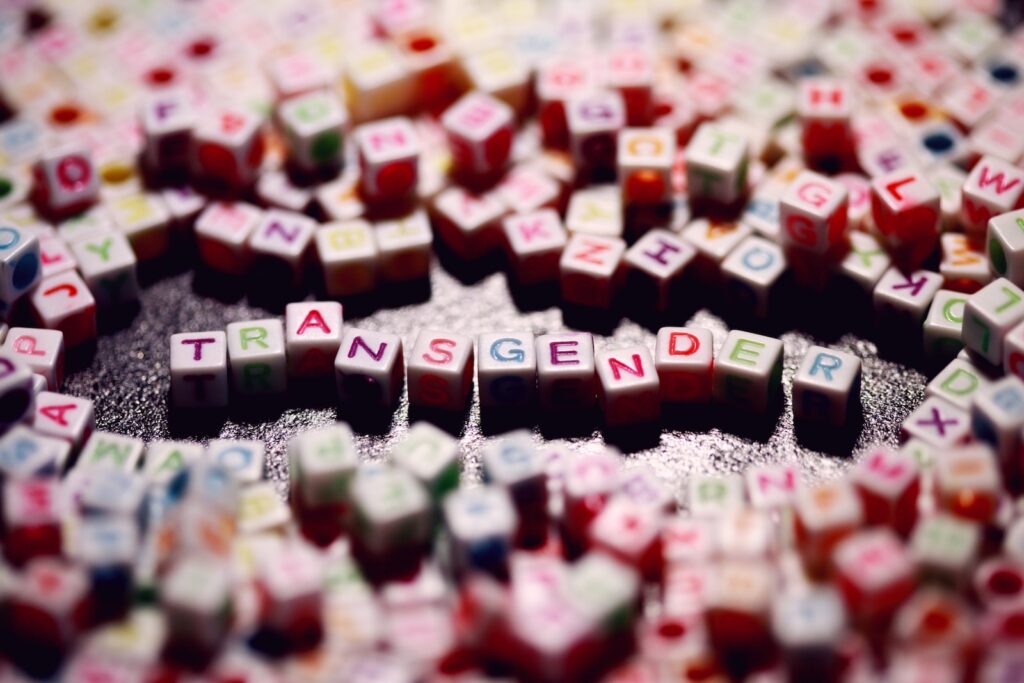
The following information is from the St. Louis Children’s Hospital Hormone Therapy web page.
Children’s hospital.
There are two types of hormone therapy (obviously): feminizing hormone therapy and masculinizing hormone therapy.
Feminizing hormone therapy
This means giving estrogen and possibly androgen blockers to people “assigned male at birth.” (That is a phrase I don’t like. People “assigned male at birth” are male and will be male their entire lives no matter what. Do a DNA test if you have any doubt about it.)
Here are the changes you can expect from feminizing hormone therapy:
- Body fat redistribution
- Breast growth
- Decreased muscle mass and strength
- Decreased libido
- Decreased penile function
- Decreased testicular volume
- Decreased sperm production
- Slowed growth of body and facial hair
- Softening of skin
To maintain these changes, you need to keep taking hormone therapy for the rest of your life.
Masculinizing hormone therapy
This involves giving testosterone to people “assigned female at birth.” Expected changes include:
- Body fat redistribution
- Clitoral enlargement
- Deepened voice
- Facial and body hair growth
- Increased muscle mass and strength
- Increased skin oiliness
- No more periods
- Vaginal atrophy
As with feminizing hormone therapy, to maintain the changes, you need to keep taking hormone therapy for the rest of your life.
According to the web page, people who benefit most from hormone therapy usually have:
- Persistent, well-documented gender dysphoria or gender incongruence
- The capacity to make a fully informed decision and consent to treatment
- Good, or well-controlled, emotional health
Those seem mutually inconsistent, given that “gender dysphoria” is recognized by the American Psychiatric Association as a mental disorder.
The Mayo Clinic says that the gender dysphoria diagnosis “was created to help people with gender dysphoria get access to necessary health care and effective treatment.” This seems to imply that gender dysphoria is not really a pathology, it’s just a “diagnosis” created to allow people to bill treatments to their health insurance. But if it’s “just a diagnosis” and not a pathology, why are people’s breasts and genitals being amputated? That seems a bit extreme.
Side effects
Possible side effects of feminizing hormone therapy include
- Blood clots
- Gallstones
- Headaches or migraines
- Heightened risk of diabetes and heart disease
- Nausea or vomiting
I’ve had gallstones. They’re excruciatingly painful. Headaches and vomiting I could live with short term, but I wouldn’t want to have them going on all the time. The other three I don’t want at all.
Possible side effects of masculinizing hormone therapy include
- Headaches or migraines
- Higher risk of heart attack, heart disease and stroke
- Weight gain
Not so bad. Except the second one. The second one looks pretty bad.
And of course because research in this area is just beginning, it’s possible that there are other long-term risks we don’t know about yet.
According to the web page, “current guidelines suggest that around 16 years of age is a good time to start hormone therapy.”
I love that sentence, I think because it’s so offhand and mundane. It sounds like “Guidelines suggest that X years of age is a good time to start piano lessons.”
